Farah Deeba
Multimodal-Boost: Multimodal Medical Image Super-Resolution using Multi-Attention Network with Wavelet Transform
Oct 22, 2021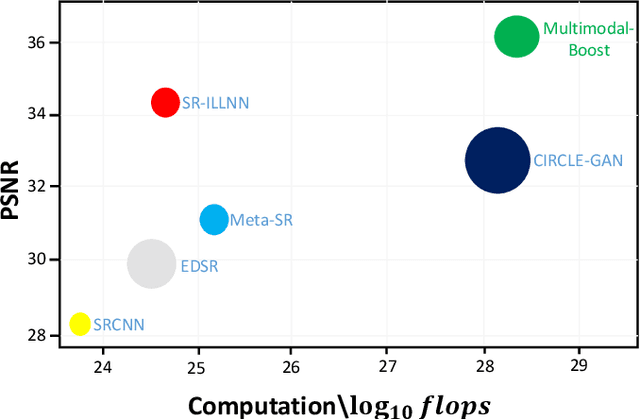

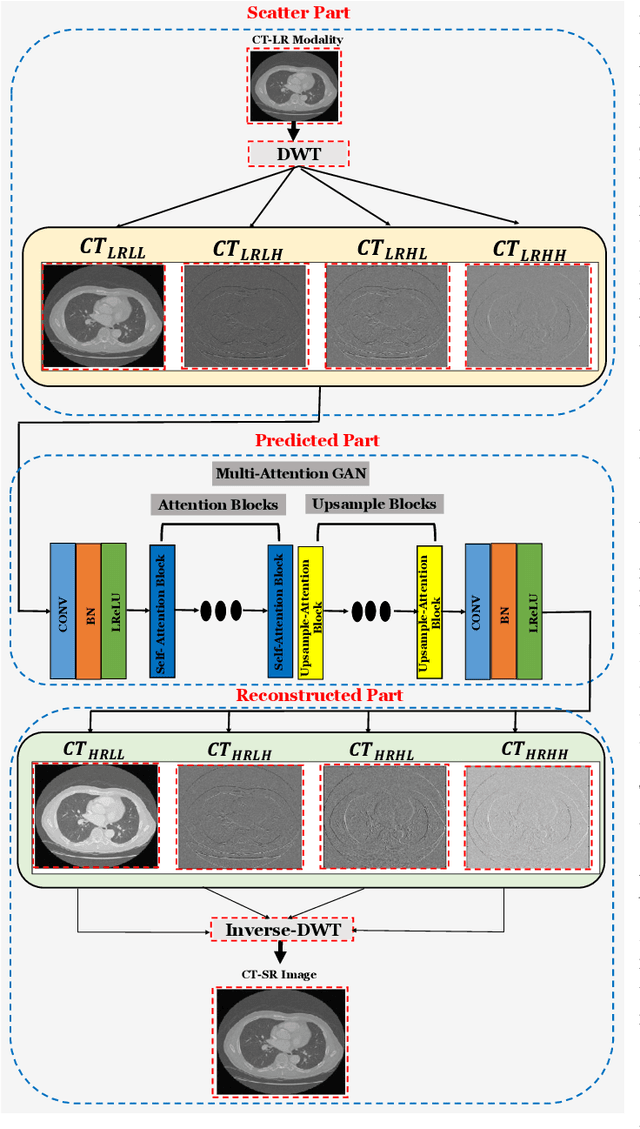

Abstract:Multimodal medical images are widely used by clinicians and physicians to analyze and retrieve complementary information from high-resolution images in a non-invasive manner. The loss of corresponding image resolution degrades the overall performance of medical image diagnosis. Deep learning based single image super resolution (SISR) algorithms has revolutionized the overall diagnosis framework by continually improving the architectural components and training strategies associated with convolutional neural networks (CNN) on low-resolution images. However, existing work lacks in two ways: i) the SR output produced exhibits poor texture details, and often produce blurred edges, ii) most of the models have been developed for a single modality, hence, require modification to adapt to a new one. This work addresses (i) by proposing generative adversarial network (GAN) with deep multi-attention modules to learn high-frequency information from low-frequency data. Existing approaches based on the GAN have yielded good SR results; however, the texture details of their SR output have been experimentally confirmed to be deficient for medical images particularly. The integration of wavelet transform (WT) and GANs in our proposed SR model addresses the aforementioned limitation concerning textons. The WT divides the LR image into multiple frequency bands, while the transferred GAN utilizes multiple attention and upsample blocks to predict high-frequency components. Moreover, we present a learning technique for training a domain-specific classifier as a perceptual loss function. Combining multi-attention GAN loss with a perceptual loss function results in a reliable and efficient performance. Applying the same model for medical images from diverse modalities is challenging, our work addresses (ii) by training and performing on several modalities via transfer learning.
TWIST-GAN: Towards Wavelet Transform and Transferred GAN for Spatio-Temporal Single Image Super Resolution
Apr 20, 2021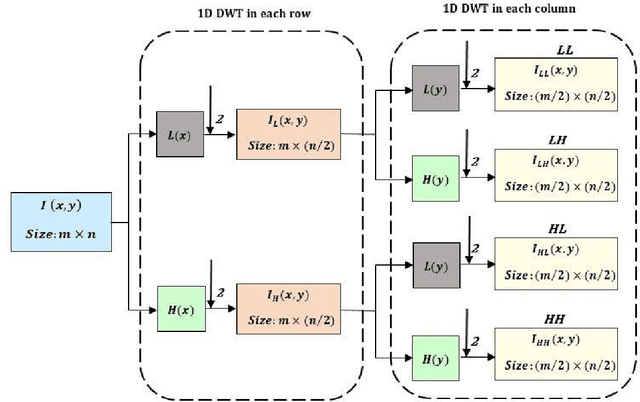
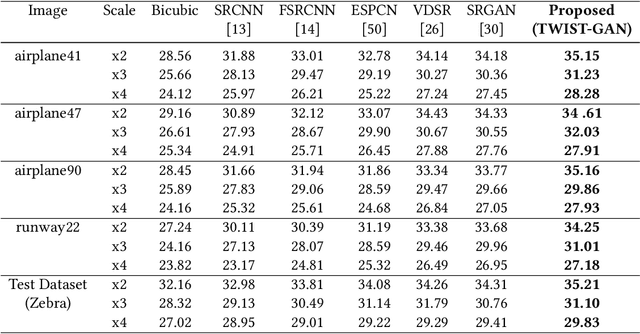
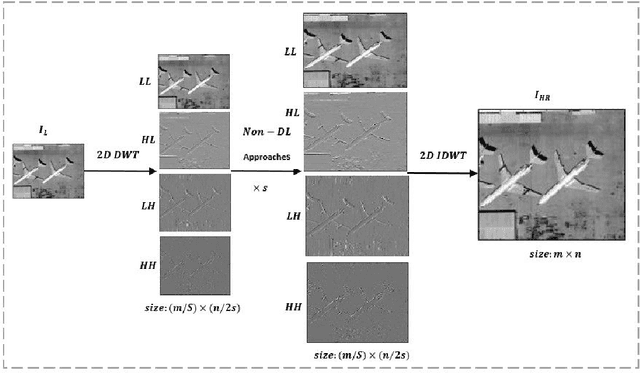
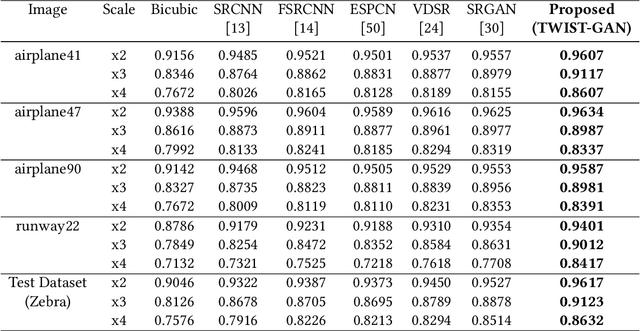
Abstract:Single Image Super-resolution (SISR) produces high-resolution images with fine spatial resolutions from aremotely sensed image with low spatial resolution. Recently, deep learning and generative adversarial networks(GANs) have made breakthroughs for the challenging task of single image super-resolution (SISR). However, thegenerated image still suffers from undesirable artifacts such as, the absence of texture-feature representationand high-frequency information. We propose a frequency domain-based spatio-temporal remote sensingsingle image super-resolution technique to reconstruct the HR image combined with generative adversarialnetworks (GANs) on various frequency bands (TWIST-GAN). We have introduced a new method incorporatingWavelet Transform (WT) characteristics and transferred generative adversarial network. The LR image hasbeen split into various frequency bands by using the WT, whereas, the transfer generative adversarial networkpredicts high-frequency components via a proposed architecture. Finally, the inverse transfer of waveletsproduces a reconstructed image with super-resolution. The model is first trained on an external DIV2 Kdataset and validated with the UC Merceed Landsat remote sensing dataset and Set14 with each image sizeof 256x256. Following that, transferred GANs are used to process spatio-temporal remote sensing images inorder to minimize computation cost differences and improve texture information. The findings are comparedqualitatively and qualitatively with the current state-of-art approaches. In addition, we saved about 43% of theGPU memory during training and accelerated the execution of our simplified version by eliminating batchnormalization layers.
 Add to Chrome
Add to Chrome Add to Firefox
Add to Firefox Add to Edge
Add to Edge